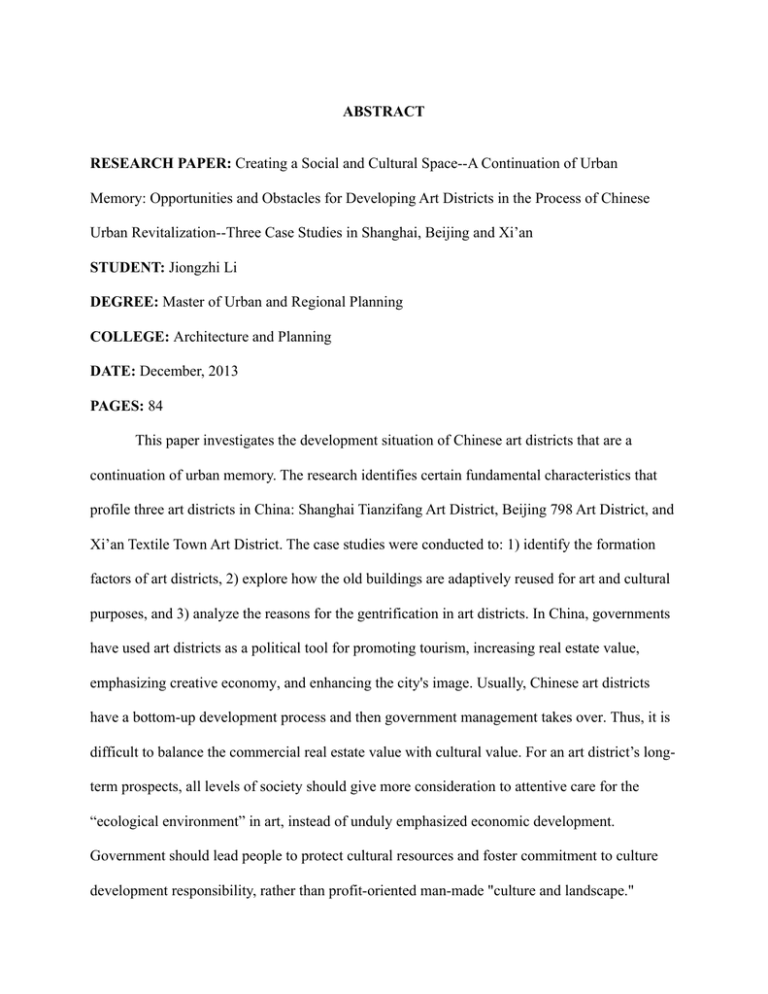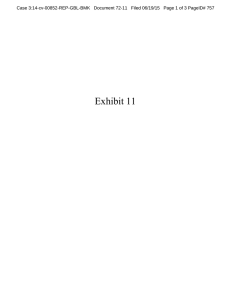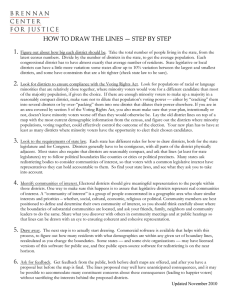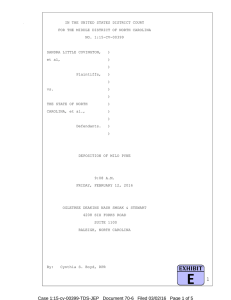ABSTRACT RESEARCH PAPER:
advertisement

ABSTRACT RESEARCH PAPER: Creating a Social and Cultural Space--A Continuation of Urban Memory: Opportunities and Obstacles for Developing Art Districts in the Process of Chinese Urban Revitalization--Three Case Studies in Shanghai, Beijing and Xi’an STUDENT: Jiongzhi Li DEGREE: Master of Urban and Regional Planning COLLEGE: Architecture and Planning DATE: December, 2013 PAGES: 84 This paper investigates the development situation of Chinese art districts that are a continuation of urban memory. The research identifies certain fundamental characteristics that profile three art districts in China: Shanghai Tianzifang Art District, Beijing 798 Art District, and Xi’an Textile Town Art District. The case studies were conducted to: 1) identify the formation factors of art districts, 2) explore how the old buildings are adaptively reused for art and cultural purposes, and 3) analyze the reasons for the gentrification in art districts. In China, governments have used art districts as a political tool for promoting tourism, increasing real estate value, emphasizing creative economy, and enhancing the city's image. Usually, Chinese art districts have a bottom-up development process and then government management takes over. Thus, it is difficult to balance the commercial real estate value with cultural value. For an art district’s longterm prospects, all levels of society should give more consideration to attentive care for the “ecological environment” in art, instead of unduly emphasized economic development. Government should lead people to protect cultural resources and foster commitment to culture development responsibility, rather than profit-oriented man-made "culture and landscape."











